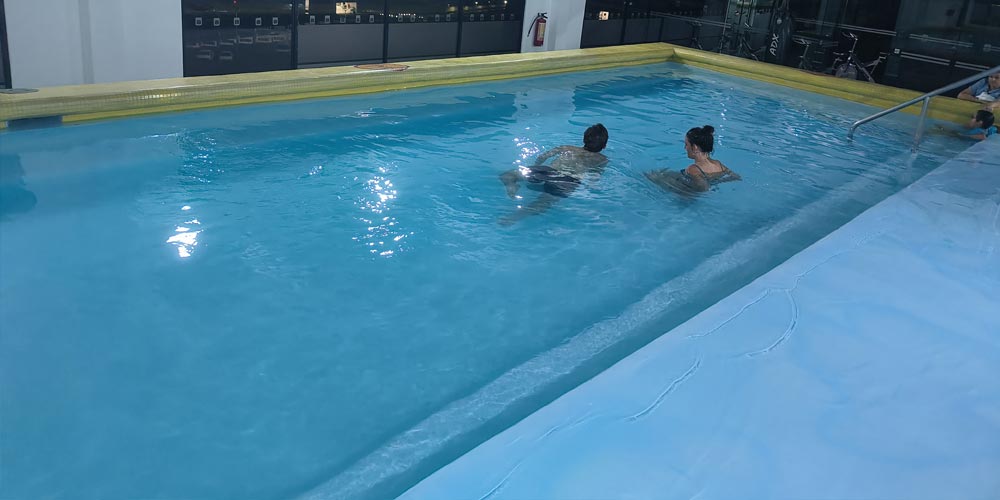Since pool water is always in a state of flux, it is important to test the chemical balance regularly and add the correct pool water chemicals when needed. If the pool water is cloudy, it indicates that the chemicals are unbalanced, causing the water to become unsanitary. It needs to be observed and tested on time.
1. High pH
The pH value is indirectly related to the turbidity of the pool water. When the pH value is often too high, it reduces the effectiveness of free chlorine.
Accurately testing your pH value and maintaining it within the recommended range is the key to eliminating fluctuations in the chemical balance.
What is the safe pH value for swimming?
The correct pH value for a swimming pool should be between 7.2 and 7.8, with 7.6 being the ideal value.
How to balance the pH value of a swimming pool?
To lower the pH value, you need to use a pH minus. Such as sodium bisulfate
When the pool water is too acidic, you need to use a pH plus, such as sodium carbonate.
2. Reduced free chlorine levels
When free chlorine levels drop, pool water can become irritating and may become cloudy due to insufficient available chlorine.
This is because chlorine cannot effectively kill bacteria and other organisms.
Low free chlorine levels are caused by frequent use, heavy rainfall (which dilutes the chlorine), or hot sunny days (ultraviolet rays oxidize free chlorine).
How do you know if the chlorine is unbalanced?
You should test the free chlorine level at least twice a day and make appropriate adjustments, especially in the hot summer weather and frequent pool use. After cloudy water appears, please perform impact treatment. The larger the range between free chlorine and total chlorine, the more combined chlorine (chloramines) there is in the water.
3. High total alkalinity
The total alkalinity of pool water is often called a “buffer.” It helps the water resist drastic changes in pH.
Total alkalinity is a measure of the ability of water to neutralize acids, so it is an important part of balancing pH. High alkalinity usually causes the pH is difficult to reduce.
A high pH environment with excessive calcium levels, which can cause the water to become cloudy or form “scale,” which is a hard, crusty mineral buildup.
How to adjust total alkalinity
To increase total alkalinity, add a pH buffer (sodium bicarbonate)
To reduce total alkalinity, add hydrochloric acid or pH minus in one corner. This will effectively decrease total alkalinity.
Finally, make sure the total alkalinity is within the required range to avoid pH increases and calcium scale formation.
4. Calcium hardness is too high
If calcium hardness is too high, it will cause water to become cloudy, and no matter how much effort you put into purifying the water, the water will remain cloudy.
How to reduce calcium hardness
When your calcium hardness is too high, you can add a chelating agent suitable for your pool, or add enough fresh water to the pool to dilute the calcium content.
The above are the more common tests in pool maintenance. All chemicals should be placed according to the instructions for use. And take good protection to ensure the safety of operators. If necessary, please contact the pool chemical supplier.
Post time: Jun-13-2024

